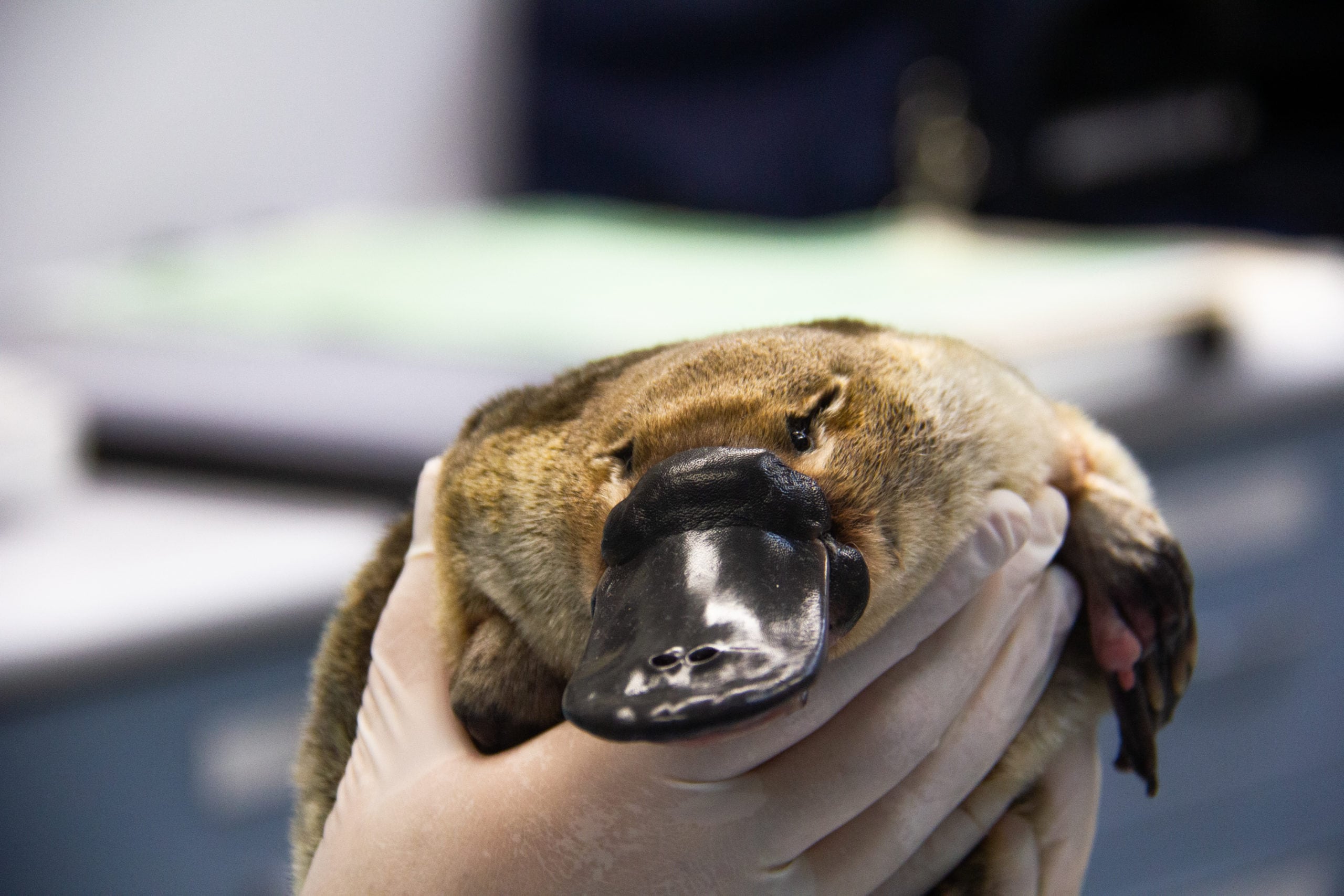
Marsupials include kangaroos, wallabies, koala, possums, opossums, wombats, numbat etc.

In terms of evolution, mammals are most advanced organisms found in almost all habitats in Earth’s biosphere including polar ice caps, deserts, mountains, forests, grasslands and dark caves. The long-beaked echidna has a similar structure, and “a lot of people have said it's not poisonous, but studies are ongoing now that suggest that they may also be venomous at certain times of year.Both birds and mammals have evolved from a reptile ancestor. “Platypuses are known to be venomous, and they have on their hind foot a spur that's connected to a venom gland that's situated just below the knee,” says Helgen. Instead, it uses its tongue, which is studded with lots of tiny, sharp spines, to grind the prey against the roof of its mouth, which also has these spines.Īnd the echidnas share another extraordinary adaptation with their platypus relatives. Strangely enough, though, the echidna has no teeth. Just like the platypus can pick up the electrical signals of its prey in the water using its bill, the long-beaked echidna uses its giant, electricity-detecting snout to probe for food in the darkness (the short-beaked echidna hunts social insects like ants, and therefore has no use for such a long schnoz). When the little long-beaked echidna eventually sets out on its own, it’s well-equipped to run down earthworms and millipedes and other invertebrates in the soft soils of New Guinea. It’s got a weird sex life, sure, but it works.

Yet here, after hundreds of millions of years of evolution, is the echidna.

If something is at all inefficient in that regard, that’s it for the species. Keep in mind that creatures are on Earth for one purpose only: to reproduce (the meaning of life is therefore nothing like what Monty Python says). Placental and marsupial mammals evolved to give birth to live young, while the monotremes held onto the egg-laying ways of their ancestors. Here the young don’t suckle nipples, but instead lap up milk from glands that leak the stuff directly onto the mother’s fur.īut why would the platypus and echidna go the egg-laying route when every other mammal gives birth to live young? Well, the beauty of evolution is that different strategies suit different organisms perfectly fine, however ridiculous they may seem.
#Are platypus marsupials skin
“So what's crazy about it is basically the muscles in the skin of the belly of the echidna temporarily form into a pouch that can house the baby or babies when they're hatched out of the egg,” Helgen says. And while the female has a pouch like a marsupial, there’s one significant difference: this pouch isn’t permanent. Another reptilian characteristic is of course the fact the long-beaked echidna lays eggs.


 0 kommentar(er)
0 kommentar(er)
